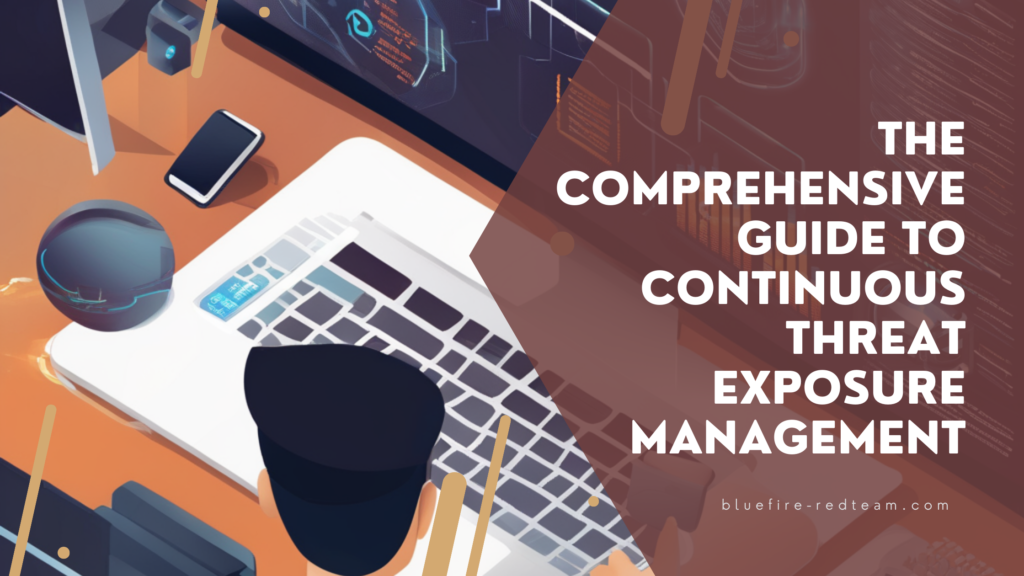In the digital era, where cyber threats evolve at an unprecedented pace, the need for a dynamic and proactive approach to cyber defense has never been more critical. Enter Continuous Threat Exposure Management (CTEM), a strategy that transcends traditional security measures to offer a resilient shield against the ever-changing landscape of cyber threats. This comprehensive guide aims to unravel the complexities of CTEM, shedding light on its stages, principles, and how it redefines risk exposure management in the cyber realm.
The Strategic Pillars of CTEM
At the heart of Continuous Threat Exposure Management lies a strategic framework designed to continuously evaluate and respond to potential threats. This framework rests on the robust pillars of scoping, discovery, prioritizing, validation, and mobilization – each playing a crucial role in fortifying an organization’s cyber defenses.
Scoping: Charting the Cyber Terrain
Scoping serves as the bedrock of CTEM, establishing a clear demarcation of the digital assets and systems. By pinpointing what needs protection, organizations can allocate resources more efficiently and create a focused defense strategy that mitigates risk exposure.
Discovery: The Art of Unveiling Threats
Discovery is the process of uncovering vulnerabilities that lurk within an organization’s digital infrastructure. This stage goes beyond mere identification, cataloguing every asset to ensure not a single point of weakness goes unnoticed.
Prioritizing: Decoding the Threat Matrix
In the realm of cyber security, not all threats wield the same level of danger. The prioritizing phase involves a meticulous evaluation of risks associated with each asset, determining which threats necessitate immediate attention based on their potential impact.

Validation: The Trial by Fire
Validation is the stage where the rubber meets the road. It involves stress-testing the existing security measures against simulated attacks to assess their effectiveness. This critical phase ensures that the organization’s defense mechanisms are both robust and ready.
Mobilization: Deploying the Cyber Guard
The final stage of CTEM, mobilization, is where plans transform into action. It’s about implementing remediation strategies to fortify vulnerabilities and continuously monitoring the security posture for improvements.
Navigating the Shift: CTEM vs. Traditional Vulnerability Management
Understanding the distinction between Continuous Threat Exposure Management and traditional Vulnerability Management is pivotal. While the latter takes a more reactive approach, CTEM embodies a proactive and holistic strategy. It leverages continuous risk management, integrates threat intelligence for better contextualization, and advocates for automated response mechanisms. This shift not only enhances threat visibility but also fosters a culture of proactive risk management within organizations.
Implementing CTEM: A Path to Cyber Resilience
Adopting CTEM is akin to embarking on a journey towards cyber resilience. It’s about embracing a continuous cycle of improvement that aligns with the organization’s security needs. From enhancing threat detection capabilities to achieving compliance with regulatory standards, CTEM paves the way for a secure and resilient digital ecosystem.
Conclusion: The Call to Action
In the ever-evolving cyber landscape, Continuous Threat Exposure Management stands as a beacon of hope, offering a strategic and proactive approach to safeguarding digital assets. As organizations navigate the complexities of cyber threats, the principles of CTEM provide a roadmap to enhanced security posture and cyber resilience.


